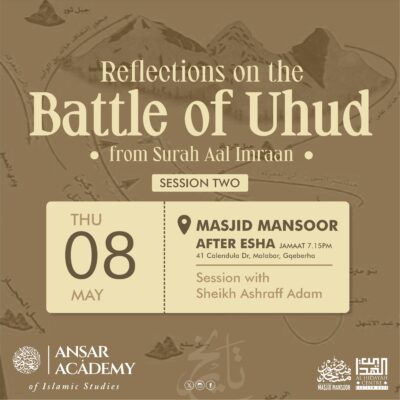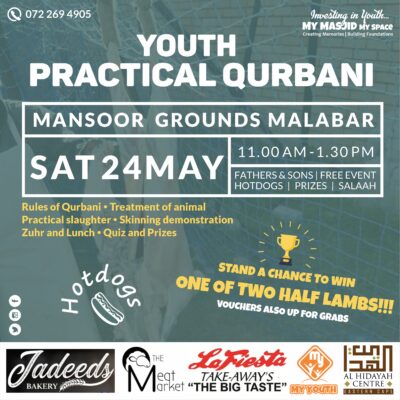Samoosas, sambousa, samsa, sambusek and burek are all triangle-shaped pastries, stuffed with a meat or vegetable filling. They originated in ancient Iraq where they were called sanbusaj or sanbusak. During the 9th century Persian poet al-Mausili wrote verses praising sanbusaj. The usual Arab sanbusak is filled with meat, onions, & perhaps nuts or raisins. In Afghanistan sambosa is made in half-moon shapes and triangles. The filling is ground meat with herbs and spices and raisins are also used.
In the Middle East and Balkans, descendants of the sanbusaj still exist. The Turkish borek, though flat and baked, is a stuffed, phyllo-dough pastry filled with savoury fillings like cheese or potato. Albanian bureks are huge phyllo pies filled with spinach or feta cheese while a distant cousin of the borek exists in Greece as the meat pie bourekakia. Egyptian sambusak, a deep-fried pastry filled with ground lamb is popular throughout the Arab world.
The sambusek and borek have more relatives in North Africa. Boureks are deep-fried, cigar-shaped, ground-lamb-filled pastries in Algeria, Libya and Morocco. The Tunisian brik is a deep-fried pastry filled with tuna, grated cheese and harissa sauce.
Indian samosas were first mentioned in Khusrao’s 13th century memoir of Delhi’s Muslim royal court, as well as by explorer Ibn Battuta, who wrote about the sambusak: ‘Minced meat cooked with almonds, pistachios, onions and spices placed in a thin envelope of wheat and deep-fried in ghee.’ Indian immigrants brought the samosa to Africa, including SA, adding an extra ‘o’ to the spelling. Malays have taken to samoosas, in Malaysia and SA due to Indian culinary influence.
Samoosas are enjoyed as finger food and appetizers with chutneys and chilli dips at Iftaar meals during the breaking of Ramadan fast, as street snacks on the go, as a main course, at picnics, and as padkos.









COMMENTS